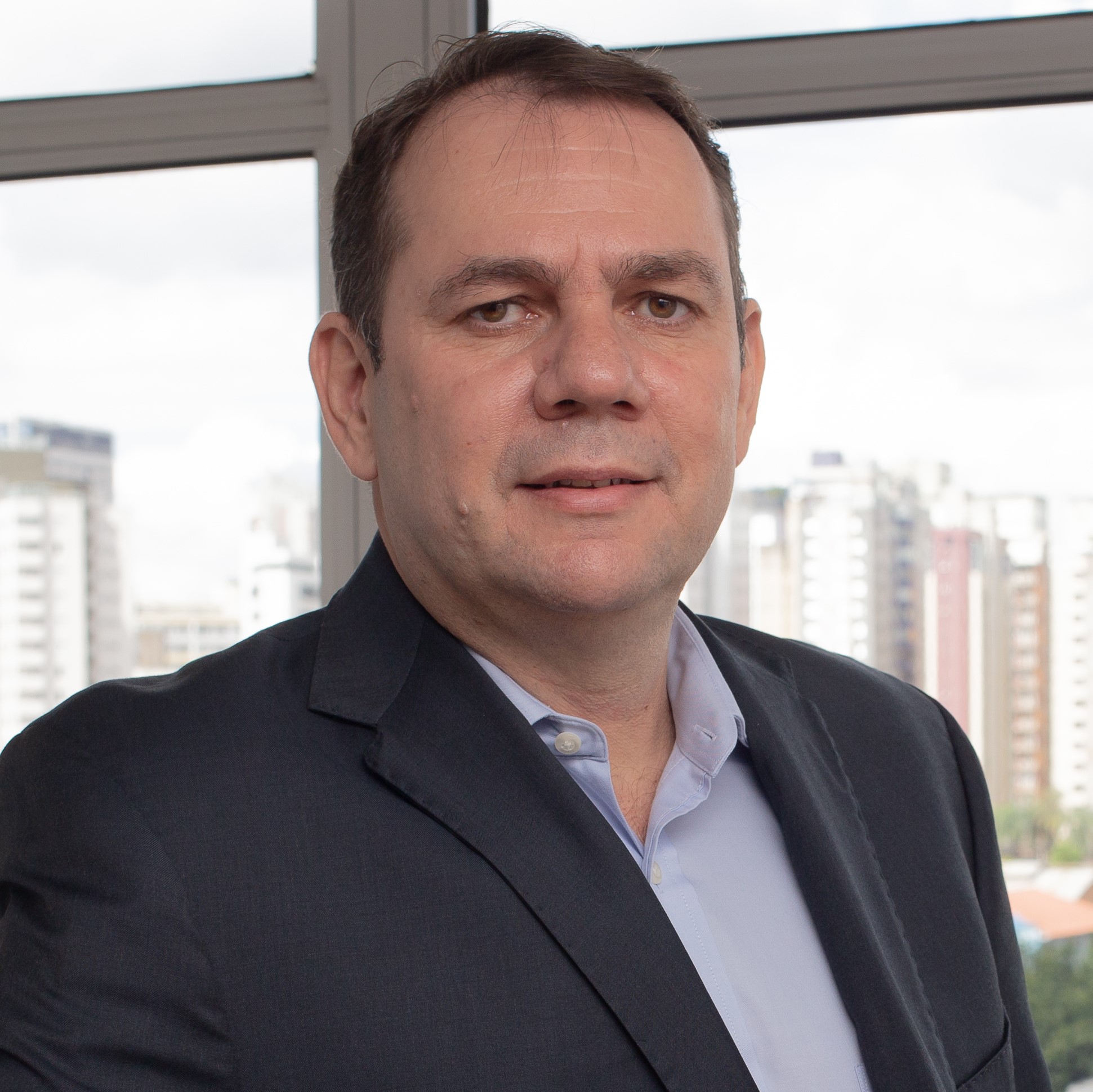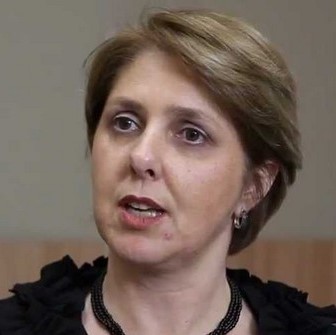Anti-burnout leaderships drive management models that connect productivity to well-being
“Be your best self.” From a well-intentioned encouragement of self-esteem and non-comparison, to exaggerated self-demand, it is noticeable that we live in a society marked by exhaustion – as accurately pointed out by the South Korean philosopher Byung-chul Han.
It is with the expansion of the reflections proposed in his work that the number of managers and professionals questioning the so-called “performance paradigm” – the high (internal and external) pressure to exceed one’s own limits and assume a strong persona with total control of their feelings – is growing. Conducts that, as we see today, have generated a contrary effect to that expected, such as paralysis and self-deprecation, resulting from an increasingly toxic productivity.
To deal with such complex issues, Adriana Prates, CEO of Dasein EMA Partners Brazil, highlights the importance of knowing, resignifying and learning from past behaviors: a practice that helps to have more clarity about the present and its challenges.

Adriana Prates is CEO of Dasein EMA Partners Brazil.
“In the past, it was said that people should separate personal life from professional life, which is a great fallacy. This idea of keeping ‘personal’ away, denying people’s emotions and feelings, goes back to the industrial revolution. And if we pay attention, essentially, have things changed? Regarding the relationships between employees and employers, it is necessary to reflect, especially from the perspective of mental health at work, psychological insecurity, and the denial of happiness in corporate corridors.”
The executive emphasizes that throughout history, actions that meet well-being needs are recent. Initially, they privileged basic needs (physiology and safety), as shown in Maslow’s Hierarchy of Needs. “We have reached an era where the last stages of Maslow’s pyramid have become imperative: relationships, esteem, and personal achievements. Companies have started, even in the darkness, to seek ways towards motivation, combating absenteeism, productivity decline, lack of engagement, presenteeism, and more recently, burnout syndrome.”
In many cases, these challenges are being analyzed from the perspective of how the company contributes to employee illness and how it can reverse it, providing productive environments without giving up well-being. “From this genesis, a broader consciousness of what it means to ‘being in the world’ is created. The central point of this issue is to stop seeing people as resources, devoid of feelings, and start seeing them as individuals who have dreams, ambitions, recognition needs, and a longing for comfort.”
The importance of reframing mental models
Encouraging reflection and ways to reframe certain past beliefs is part of the work of promoting sustainable well-being and productivity carried out by Samarco, according to its president, Rodrigo Alvarenga Vilela. “We contemplate the dimensions of prevention, promotion, and treatment, aligned with another important project of cultural evolution. The program’s strategy is supported by actions of human development for the reframing of beliefs, mental models, and behaviors of leaders, especially, but also by intervention in symbols and systems that reinforce the importance of health and well-being.”
In addition, the company recently conducted an organizational maturity diagnosis in mental health, whose results, associated with climate surveys, have served as an important instrument for engaging leaders with well-being policies. “As we provide a deeper and more detailed understanding of each area, each leadership accesses their reality more specifically and can act directly on organizational factors that can affect the quality of the work environment.”
The role of top leadership in the culture of well-being
Involving CEOs and C-level leaders in projects to combat toxic productivity and promote well-being is a path that has been followed in many organizations, as the top leadership contributes to the engagement of other leaders and the workforce as a whole.

Rodrigo Alvarenga Vilela is President of Samarco.
For Vilela, this is not only the best but the only path to be followed. “Although we can offer and make accessible to our teams resources and support actions in health and well-being care, for the result to be effective, it is necessary for each individual to make the movement in search of self-care – and in this sense, leadership has a fundamental role of guidance, direction, and encouragement.”
At Dasein EMA Partners Brazil, there is a concern to develop empathetic and functional leaders in relation to physical and mental health and organizational climate. “These leaders really need to have an awareness of self-care,” emphasizes Adriana Prates. “The leader is more exposed, and it will be of no use if he has a more understanding attitude with the team if he does not have good habits, has not established a healthy routine for himself. The coherence between what is said and what is done is imperative. Finding leaders who, in addition to setting good examples, can offer career prospects, constructive conversations, and have the necessary creativity to avoid a tedious routine for the team is becoming increasingly rare to identify. These are the people who will lead the birth of a new culture to govern our times.”
According to the Director of Remuneration and Labor Relations at Atento Brasil, Márcio Reis, the commitment to creating a culture that promotes well-being is the result of direct involvement of the company’s leaders. With the understanding that excessive dedication does not represent quality, the organization invests in the preparation of its leaders, aiming at sustainable productivity. “In 2022, there were more than 242,000 hours of training for leaders – including webinars, panels, and EAD courses, which trained them on leadership, conflict management, communication, agile methodologies, among others.”
Another factor that contributes to a healthier work environment is having diversity among leaders. “60% of leadership positions are held by women and people of color. In addition, all directors and managers participate in actions such as the LGBTQA+ and Generational 50+ Ally groups, which have the role of driving diversity culture in the company through communication and engagement actions, as well as promoting connections for strategic diversity promotion.”
Neuroscience for healthy productivity
Advances in neuroscience have increasingly benefited healthier management models. What was previously observed empirically by leaders is now gaining consistency through data in scientific studies. Research shows the effectiveness of practices related to psychological safety, vulnerability, humility in leadership, and working in flow – producing in a motivated manner.
“Through these studies, leaders can discover that rationality comes from emotion and not the other way around. What we think comes from what we feel,” emphasizes Adriana Prates. She explains that no purely rational argument will be able to convince someone to make a change, alter their course, or deliver a project in an impactful way.

Jamile Sabatine Marques is Director of Development and Innovation at ABES.
“One must be fully present. Leaders who are in their position for power or the pursuit of greater financial gains and who do not understand the new mathematics of life may have their careers cut short. Although we still live in a world that values ‘having’ over ‘being,’ the recognition of ‘feeling’ as the new gold is growing.”
Rodrigo Alvarenga Vilela says that at Samarco, approaches to health and well-being do not explicitly address neuroscience, but the entire leadership development strategy is based on the fundamentals of this science, especially regarding the influence of human behavior on the quality of the work environment.
“Through the Cultural Evolution Program, we have directed our efforts to ensure a psychologically safe work environment where people can be who they are and express themselves in any circumstance. We believe that only in this way will we be able to continue learning and innovating to transform our future.”
The company has also made progress in implementing people analytics, according to the president. “I understand that data-based studies can lead us to make more objective decisions, contributing to the greater accuracy of our actions. In 2022, we conducted two important studies on productivity and diversity, equity, and inclusion. The conclusions drawn from these initiatives indicated new paths and opportunities for action and improvement of our processes, with a direct impact on the employee experience. We also began building a predictive model of health risks and are optimistic that in the near future, we will be able to act preventively and even develop increasingly personalized and focused solutions tailored to the individual’s needs, contributing to an increase in their job satisfaction.”
Atento Brasil, as highlighted by Márcio Reis, uses “neurotraining,” a technique that respects human physiology and, based on an understanding of brain function (neuroscience), explores attention and memorization processes. “This is done through differentiated educational solutions adapted to the content’s needs. The idea of this training is to improve the experience during the training process, providing more interactive learning, in which the collaborator actively participates in the construction of knowledge.”
The dissemination of practices that encourage emotional health and psychological safety is an important part of the work of the Brazilian Association of Software Companies (ABES). According to its Director of Promotion and Innovation, Jamile Sabatine Marques, the technology sector was crucial during the pandemic, providing support for companies’ digital transformation and remains one of the most demanded in the market.
As part of this purpose, the association joined the Brazil Network of the Global Compact, linked to the UN Global Compact, the world’s largest corporate sustainability initiative. One of the objectives is to contribute to companies in this segment developing actions aimed at promoting well-being and sustainable productivity through four pillars of assistance: legal, social, financial, and psychological – working on the prevention and promotion of emotional health. “In addition to the worker, their entire family can use the service,” emphasizes Marques.
How does executive search work against toxic productivity?
Dasein EMA Partners Brazil works on two fronts: executive search consultancy and career and succession programs. In the first, we guide clients about the new reality, the importance of attracting leaders who have a good balance between people and results orientation – professionals who understand and actively implement strategies against exhaustion and psychological illness in companies.
“Once this is done, we go on to identify people in the market who have a connection with this type of need. Our tools will show us if behind the good professionals there are good people. It is this understanding that favors us presenting to our clients leaders with transformation and change capabilities.”
The second front of action works, in fact, as a previous step to the first. It concerns the career and succession programs of companies, a moment when we guide about the relevance of developing young talents with a systemic approach. “It is the occasion where we highlight the need for building a culture of well-being in companies and can identify, with greater clarity, professionals with a greater propensity to be more balanced leaders and facilitators of those who will have greater difficulty in perceiving these evolution needs.”
Twelve actions to reduce stress
Dasein EMA Partneres Brazil’s CEO, Adriana Prates, shared a study conducted by the University of Michigan (USA) that points out 12 recommended actions for leadership to combat stressors and help manage their own stress levels. Check it out:
1-Hold meetings in open and moving places;
2-Promote balance between work and personal life;
3-Monitor closely and track whether there is a balance between workloads, delivery demands, meeting schedules, and employees’ schedules;
4-Encourage subordinates to use vacation time;
5-Encourage work from home;
6-Promote well-being in the workplace with moments and places for decompression;
7-Offer corporate well-being programs. Carry out actions to encourage healthy eating, psychological care (mental health), financial education, physical activities, and leisure activities;
8-Participate in leadership training;
9-Create goals and career plans for the team;
10-Have transparent communication;
11-Lead by example;
12-Actively seek to provide feedback.



